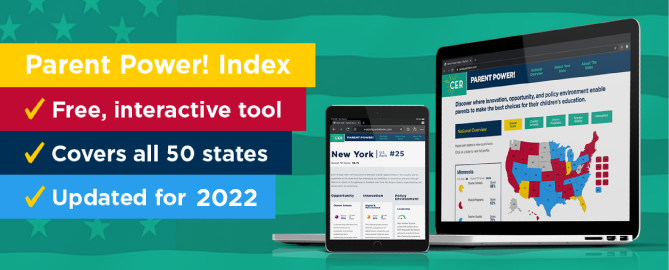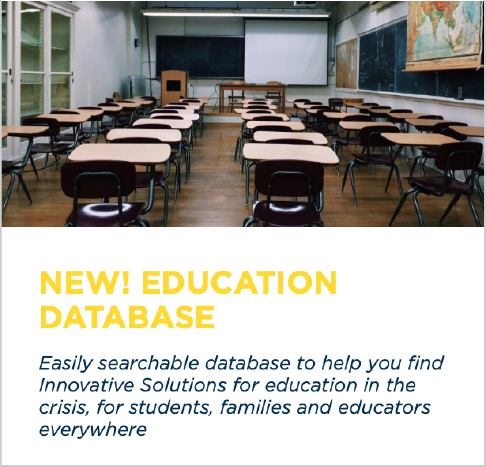How CER Went from a Longshot to Placing Bets on the Best
 I remember turning 29. I had just had my first child—a son—and I felt very much in the joyful prime of my life.
I remember turning 29. I had just had my first child—a son—and I felt very much in the joyful prime of my life.
I would start CER a few years later, buoyed by local and state advocates and officials I supported in my work at the Heritage Foundation, but being asked right and left to do more for them than a think tank—at that time—would allow.
One of them—now outgoing Massachusetts Governor Charlie Baker recently reminded me of that. “Didn’t I used to call you asking for help with our education work?” He was referring to his time at the Pioneer Institute—and, yes, you did, Charlie.
He and others would leave their comfortable policy positions for elected office and forge a critical path to reforming a system that, once the envy of the world, had gone on to become an international embarrassment—the very epitome of a nation at risk, as the later report by the same name would echo.
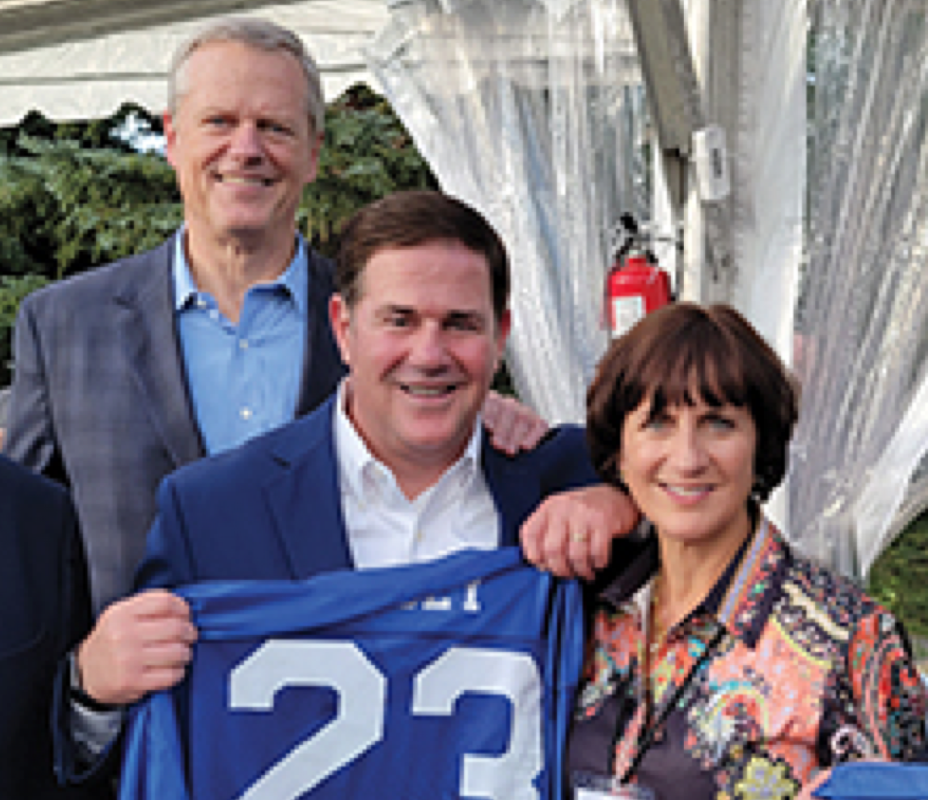
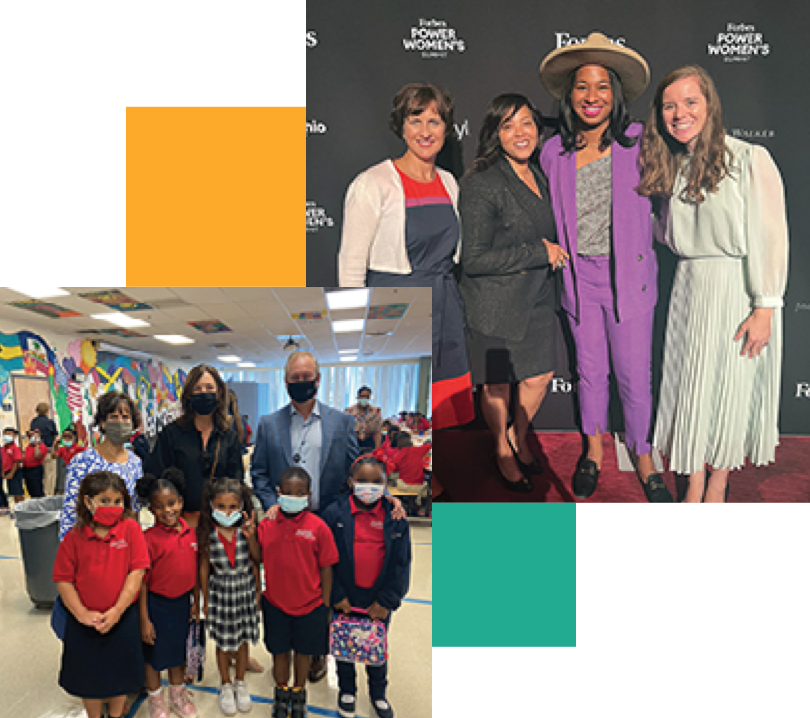 because we wanted to break out of the pack, not stand aside and let those with perceived pedigrees tell us what to do. As more people tried to knock us off the horse, we ran faster, smarter, harder, and with fewer resources than most.
because we wanted to break out of the pack, not stand aside and let those with perceived pedigrees tell us what to do. As more people tried to knock us off the horse, we ran faster, smarter, harder, and with fewer resources than most.
And then a great thing happened. More followed our lead, started their own groups dedicated to parent empowerment, grassroots, policy and advocacy. Many of them were safe bets, comfortable, easy to predict. Not CER. We remained unpredictable, opportunistic, and ready at the sound of the bell to challenge unhelpful jockeys on the field no matter whose side they were riding. Along the way we would meet many other people who also liked betting on underdogs like us, who were not risk averse and they became committed to the cause of education opportunity, and new transformational approaches to the old arcane system of doing things.
I ran into a former Georgia state legislator at an event not too long ago who told me the work we did convinced him to fight to improve his state’s charter school law, and he stayed the course until he succeeded. Doing so encouraged other states to follow suit. When one person wins a tough race and shows it can be done, others follow. Not enough yet, but they do.
And so the movement for education reform became the movement for even more opportunity and innovation (as we said in 2016) which was at the right place at the right time when Covid struck. The blended learning and virtual models of success that had been tested and improved greatly in the prior ten years were ready for prime time. The ed tech revolution had sparked a whole new set of approaches to teaching and fueling more learning, and new and exciting education choice programs were making their way through the states, thanks to a new movement of parent choice groups, advocates who were constantly sharpening their tools, and a frustrated public hungry for more options.
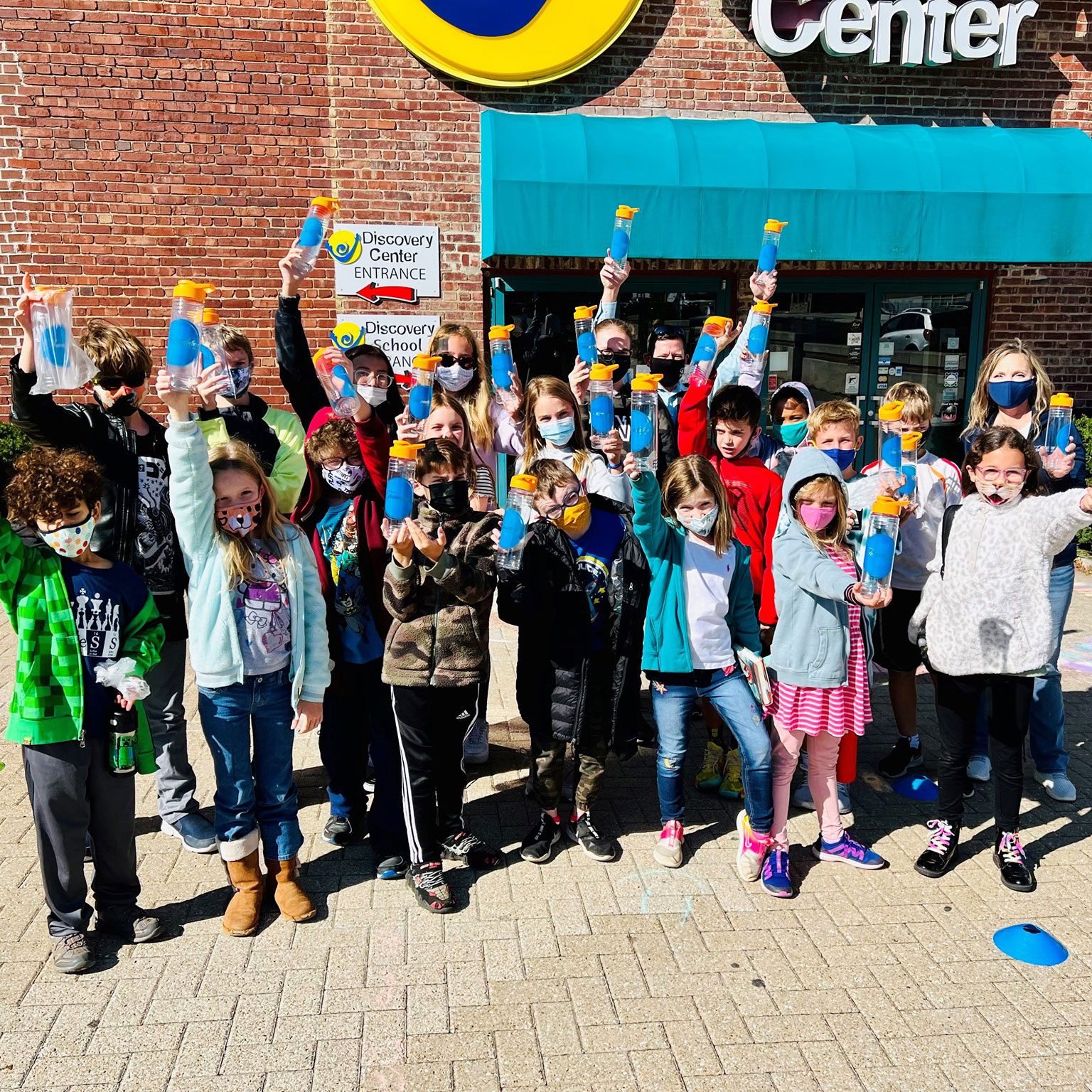 Discovery Center of Springfield (MO)—one of only two U.S. science centers not to shut down during Covid—was a museum that became a school for children in need. It also took top honors in the inaugural STOP Awards in 2021. Discovery Center of Springfield (MO)—one of only two U.S. science centers not to shut down during Covid—was a museum that became a school for children in need. It also took top honors in the inaugural STOP Awards in 2021. |
So with a world shut down by a pandemic, those who can, did. Charter networks turned on a dime to deploy powerful delivery systems to students at home so that they’d not lose the education they most deserved. Parents opened their homes to neighbors and created microschools, hundreds of which still are going strong and expanding. Catholic school enrollment, declining for years, skyrocketed. Independent minded public school leaders in some pioneering states delivered education through community organizations. Museums became schools, tutoring programs became lifelines for families without access to an innovative education provider. But sadly, most students stuck in failing school systems struggled and are still struggling. The teachers unions—which were striking before Covid, walking out during Covid, and are now as I write doing so again—are causing more people to leave education and parents to find more and better alternatives.
On a daily basis, there is superb research, analysis and reporting going on that makes it effortless to track enrollment shifts, education achievement (or lack thereof), new school starts, education technology, and more. It’s fantastic! And better than ever before. (If you’re interested, happy to share some of my favorites!)
The data and the coverage of education in all forms of media is strengthening the resolve of Governors, as they learn more and more what parents want, directly from the source, and they receive support from a critical mass of Americans that are fed up with the status quo.
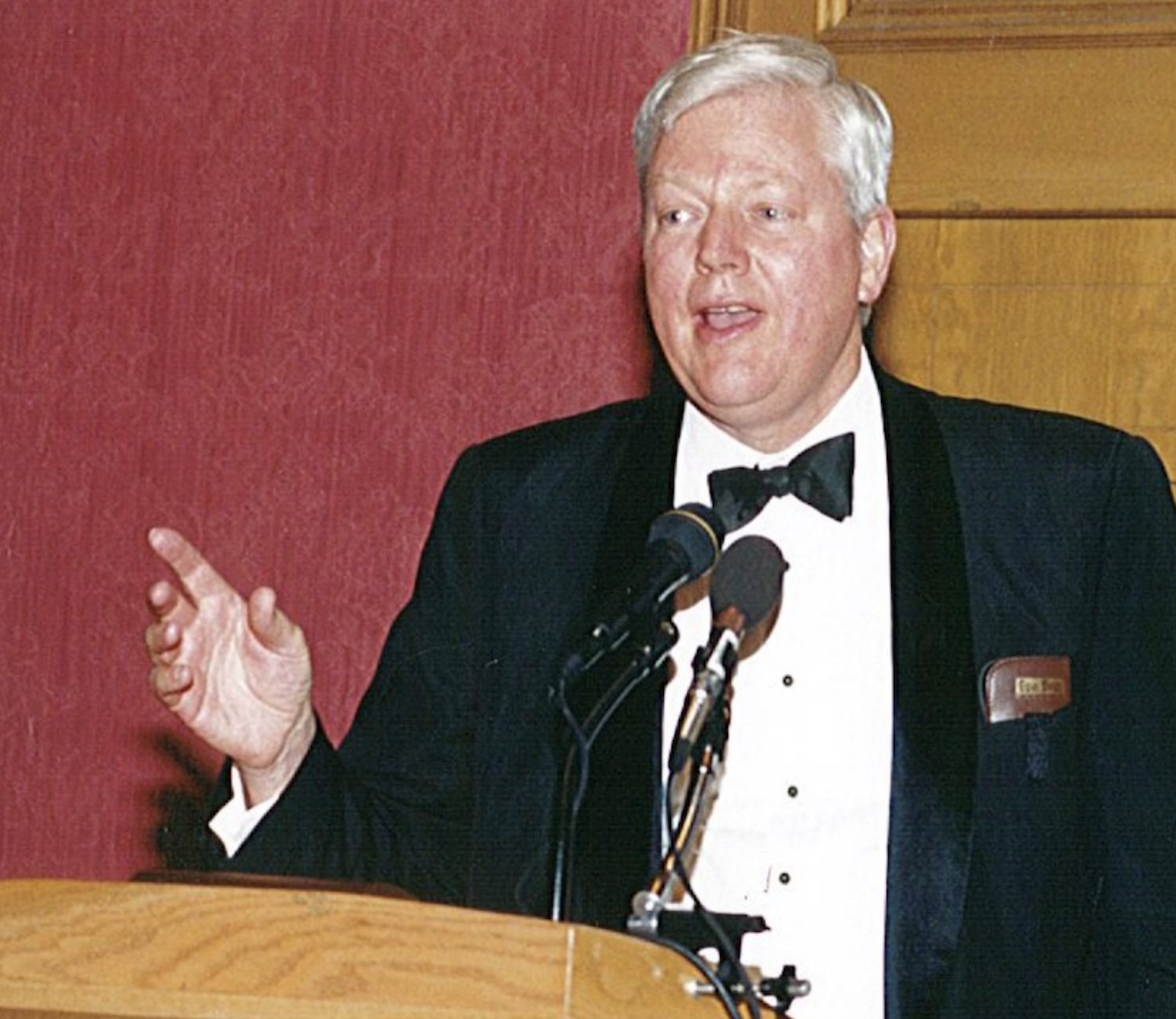 CER’s Founding Chair and dear friend Jerry Hume CER’s Founding Chair and dear friend Jerry Hume |
Twenty-nine years after a few critical people made the bet to back a new horse (thank you, Jerry Hume, in particular), much has changed. Lots of people are in the horse race now. Some make it across the finish line. Others get tired, discouraged and even some get embarrassed to say they like someone or something espoused by a different political party. That’s not okay, but markets have a way of working out the kinks.
And we’ve made a fundamental shift as a result, as well. We’ve gone from being bet on, to placing our own bets. In addition to working to build up the demand side with lawmakers and advocates, we’re looking for more horses who work hard, run fast and will STOP at nothing to win—for kids. It’s as exciting as the Kentucky Derby—but with more winners.

As Janine wrote in Forbes recently:
In August 2021, as Covid continued to assault our every way of life, the word “hero” became inextricably linked to “healthcare worker.” And make no mistake: Everyone from doctors and nurses to physician assistants and therapists deserved our undying gratitude.
At the same time, no one was really talking about the heroes of education — the teachers who continued to work with kids despite the most trying circumstances of our lifetime. Didn’t these beacons of resilience deserve a prize, too?
My husband, Jeff, and I posed that question to our longtime friend Jeanne Allen, the CEO of the Center for Education Reform. They absolutely do, she said—and so we got to work.
Through the new Yass Foundation for Education, currently incubating at CER, whose flagship Yass Prize is uncovering education innovators whose work is expansive and transformational, we’re helping to place bets on winning organizations that deliver for kids, and rewarding states that offer sustainable pathways so that those organizations do not have to rely on philanthropy to educate kids.
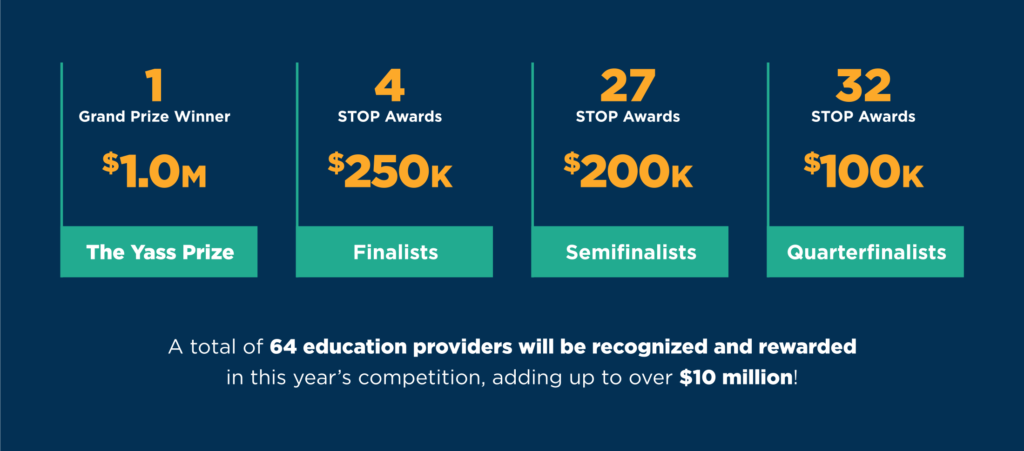
We were so excited about Arizona’s work that we’re awarding $1 million dollars to 6 different Arizona-based organizations so they can provide their “STOP-enabled” education to more students.
Not surprisingly, Arizona has always been at the top of the Parent Power! Index. We love the PPI because while it may not seem complex, the analysis that goes into identifying how much opportunity and innovation every state provides through its laws—including arming parents with good information—is not a light task. Yet, every time it’s done it’s clear what the winning states are doing to improve education for all students.
Florida is equally innovative and forward thinking when it comes to education opportunity, parental freedom and providers permitted to offer a vast array of schooling options to families. It is now well-documented that when Governor Ron DeSantis came from behind to win his victory, it was disadvantaged parents that made the critical difference. We knew it might take a few decades to get to where parents were literally voting with their feet, but that was truly historic. Indeed as The Wall Street Journal reported, “School Choice Moms tipped” the race.
At least a dozen other states have great charter laws and school choice programs that CER helped make happen over the years, that have just gotten stronger year by year. Imagine if the states that have modest or weak laws took a page out of the top scorers.
It’s not rocket science. The recipe for a big win is transparent by now. A great law that doesn’t discriminate against education providers or put the government or school districts in charge of approving choices, equitable funding that follows students, and freedom for educators and leaders to develop and expand their work. Oh, and a permissionless education environment where we trust parents to do what’s best for their students.
No surprise that it’s those states where student achievement has skyrocketed, particularly for minority youngsters.
Then there are the reports of widespread teacher shortages which are serious but are actually not universal in nature. They happen where schools are like the horse and buggy, where there is no freedom or flexibility to innovate and to support students where they are. The evidence suggests that large and typically failing districts have the most challenges. And what happens in those? Strong militant education unions that planned strikes like they were date nights before Covid, and that subsequently ran national policy on school openings—and kept them closed. The unions are a relic of the past. So, too, are many districts that think innovation is a computer in the back of a classroom. They all have to go.
| What we know about the teacher shortage Some communities have always struggled to hire teachers. Urban school districts that typically serve Black and brown students have traditionally faced shortages: Richard Ingersoll, a professor of education and sociology at Penn GSE and leading expert on the country’s teaching force, told Vox that “high-poverty, high-minority, urban, and rural public schools” have had among the highest rates of turnover, based on analyses of several decades. Vox Media — August 18, 2022 |
With another back to school season just barely underway, we will no doubt see yet more strikes, reports of ailing educational (and emotional) health of our students. But the field is promising and the odds are better than ever. Just look at the latest foal—West Virginia—a state that only a few short years ago was nowhere near the field, and is now the latest and best example of state lawmakers, parents and supporters that secured new choices for families, charters, private, microschools and virtual.
As CER enters its 30th year, I could not be more excited for the future, and so proud to have been early in the race, with dozens of teammates, board leaders and supporters along the way rooting us on to grow a movement that is unSTOPpable…
Before I close, please just take a minute to make sure you’re on the right track with us this year.
Follow the Yass Prize — On October 3rd we will be announcing, in partnership with Forbes 30 Under 30 Summit, the 64 Yass Prize quarter-finalists, the thoroughbreds of education transformation. On October 4th we’re rewarding $1 million to 6 outstanding education providers at the Arizona State Capitol in honor of Governor Doug Ducey.
Read our newsletters — Last year I inaugurated Forza, the Italian word for strong, tenacity, endurance and momentum. I write about the things we must deploy those attributes for—and against.
Attend our events — Whether it’s the Yass Prize virtual events highlighting the best education providers, briefings on critical policy or upcoming in person efforts, we would love to truly see you in person.
Above all, get on that field.
We did. And it was the best bet we ever made.
Happy September, happy fall, and Godspeed…

Jeanne Allen
Founder & CEO
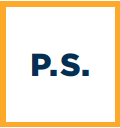 |
CER is powering the Yass Prize and related advocacy efforts now. But if you want to place your bets on winners, let us do the work for you. We are researching the field regularly. We can put you in the right race. Send us a check or call me to discuss. |



